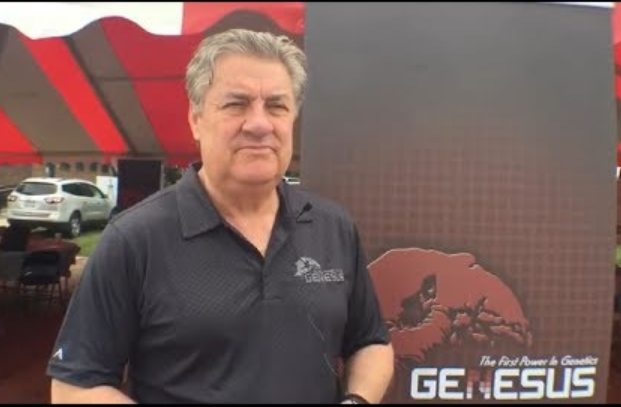



Iowa Pork Congress Report
Jim Long Pork CommentaryLast week was the annual Iowa Pork Congress held in Des Moines. The largest of the state shows befitting the state with the most pigs in the U.S.
Our Observations
- It appeared to us there were as many exhibitors as in the last few years.
- Many thought attendance was lower than last year. We don’t know the facts but it certainly didn’t have aisles full of people. At the end of the day less producers all the time.
- There were several seminars. Attendance we understand was limited in numbers.
- The producers we talked to were not bullish. They can see the possibility of higher hog prices but when with the current market hog losing up to $30 per head. It’s hard to think it's all peaches and cream.
- A large producer told us the losses the last few weeks have set him back many multiple months.
- We heard some of the larger operations who have in the past bought small pigs to fill empty barns this time of the year are leaving them empty. Not hard to figure there must be empty barns, the recent December 1 USDA Hogs and Pigs Inventory indicated 5 million fewer pigs than two years ago. All pigs were in barns then and are now, simple farmer arithmetic must be 5 million empty spaces. Also means less hogs are coming. Fewer hogs always mean higher prices.
- At the Iowa Pork Congress, one product that seemed to be in demand is equipment for loose housing. The push of Prop 12 and other market factors are happening. The loose housing is also a plus for Genesus as our female works well in that type of production. As temperament, structure, feet & legs become even more important than in gestation stalls.
- We spoke to several regular readers of the commentary. Many concur with our observation about the spread of the Pork Carcass cut-out vs. Beef Carcass cut-out. Beef over 3.5 times Pork. Many see the need for our industry to close the price gap. To develop sustainable profits and increase pork demand. We must have taste. The what comes first the chicken or the egg is our industry's dilemma. Producers tell us they don’t get paid by Packers to produce better Pork. Some Packers are not sure if they can sell better Pork for more money. The truth is you can’t sell better Pork for more money until you have it to sell. It’s obvious with Beef prices are 3.5 times Pork consumers will pay for a better-tasting product. Unfortunately, The Other White Meat program and the race to produce ever leaner pork devoid of marbling has not enhanced pork demand. We need to look at what marbling has done for Beef demand and chase that obvious market price indication.
- At the Pork Congress, we had conversations about the current record mortality level with nursery-finisher (9% plus) and sow mortality (14%). More pigs are dying than ever before. Some thought genetics with a lack of disease resilience, more aggressive viruses, cannibalism, the revival of aggressive APP, PRRS, PED, lower stockmanship abilities, and shortage of labor.
In the sow prolapses being encountered by the major genetic supplier, some of the customers told us this is up to 30-35% of their total sow mortality. Also, genetics that need toe clipping leads to more cripples and dead's.
In the U.S. every 1% increase in combined nursery-finish mortality cuts 1.3 million pigs out of production per year. Value a nursery-market hog at $100? $130 million total loss for each 1%. MetaFarms – SMS estimates a dead sow in lost opportunity of at least $1,000. The economic attrition is real.
Summary
Higher Nursery-Finisher-Sow Mortality means less pigs coming. The only upside less pigs mean higher hog prices.
The current U.S. hog price is leading to significant financial losses. Our sense from the dialogue we had with industry participants is that hog numbers are lower and getting lower. We still expect summer hog prices to surge to $1.20 U.S. lean a lb. a combination of lower pork supply, lower beef supply, and steady pork exports.







